Red Wheat Allotment
Red Wheat Allotment
SW 1/4, S18, T12N, R16W
In 1869 President U.S. Grant amended the Treaty of Medicine Lodge Creek to establish a reservation in western Oklahoma south of the Cherokee Outlet for the Cheyenne and Arapaho tribes. In 1887 Congress passed the General Allotment Act. Which called for the division of the reservation into one-square-mile sections. These were subdivided into 160-acre quarter-sections for allotment to individuals. A Cheyenne woman whose name was recorded as "Red Wheat" was allotted this quarter section prior to the Cheyenne and Arapaho Land Run of April 19, 1892. Red Wheat is not of the Cheyenne culture but is associated with Mennonite immigrants from Russia who introduced Red Turkey Winter Wheat to Oklahoma. Mennonite were among the first to do educational work with the Cheyenne and Arapaho people. Red Wheat, although a mistranslation of an Indian woman's name, is meaningful to two distinct peoples who lived and interacted with each other during the reservation period and through Oklahoma statehood after 1907.
Oklahoma Historical Society #234-1998
In 1869 President U.S. Grant amended the Treaty of Medicine Lodge Creek to establish a reservation in western Oklahoma south of the Cherokee Outlet for the Cheyenne and Arapaho tribes. In 1887 Congress passed the General Allotment Act. Which called for the division of the reservation into one-square-mile sections. These were subdivided into 160-acre quarter-sections for allotment to individuals. A Cheyenne woman whose name was recorded as "Red Wheat" was allotted this quarter section prior to the Cheyenne and Arapaho Land Run of April 19, 1892. Red Wheat is not of the Cheyenne culture but is associated with Mennonite immigrants from Russia who introduced Red Turkey Winter Wheat to Oklahoma. Mennonite were among the first to do educational work with the Cheyenne and Arapaho people. Red Wheat, although a mistranslation of an Indian woman's name, is meaningful to two distinct peoples who lived and interacted with each other during the reservation period and through Oklahoma statehood after 1907.
Oklahoma Historical Society #234-1998
Location
Directions
Cheyenne Cultural Center, 2250 NE Route 66, Clinton, OK
Regions
Maps
- 35.513851, -98.936066
- OpenStreetMap
- Google Maps
- Bing Maps
- Apple Maps
- MapQuest
Pictures
Notes
Links:
- www.clintonokla.org: Cheyenne Cultural Center
The Cheyenne Cultural Center, conceived as a vision by Lawrence Hart, became a reality in 1977. Mr. Hart, executive director of the center, and his family founded the center in hopes to cultivate the preservation of the Cheyenne people's way of life. Located on the original Red Wheat Allotment, the site has become a regional interpretive center for Cheyenne history and culture. It has a Cheyenne Language Institute, holding the classic Cheyenne-English Dictionary by Rudolphe Petter, including the most comprehensive collection of orthographies and language materials in Oklahoma with a lab of computers loaded with over 1500 words, available for language acquisition by students. The Institute will soon have language curriculum materials.
- www.cheyenneculturalcenter.com
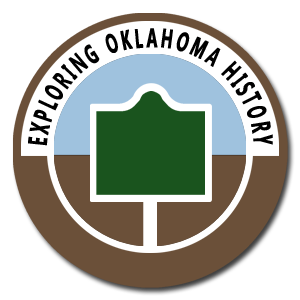
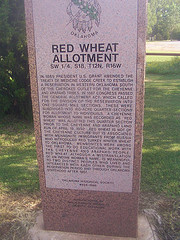
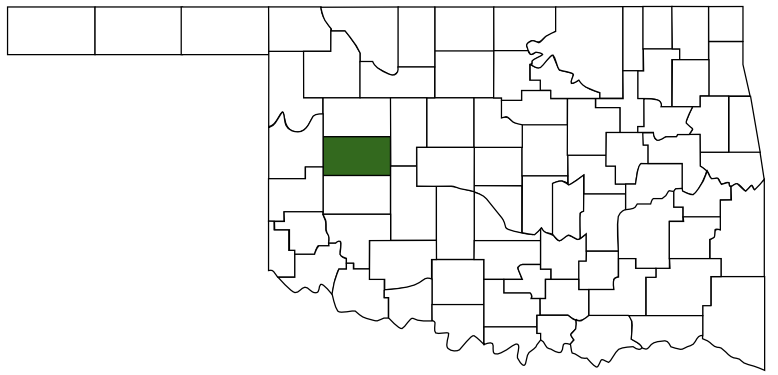 Custer County
Custer County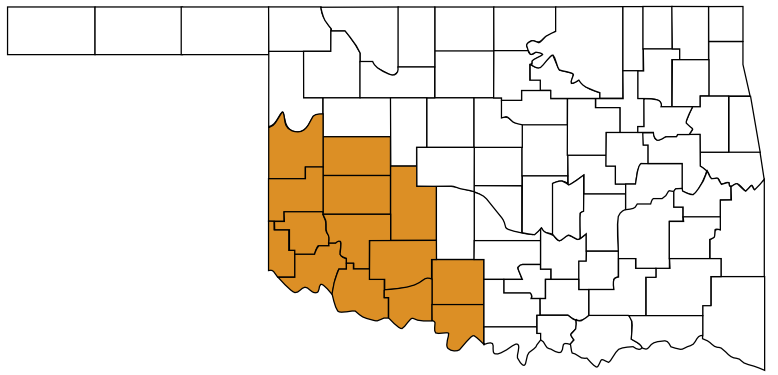 Great Plains Country
Great Plains Country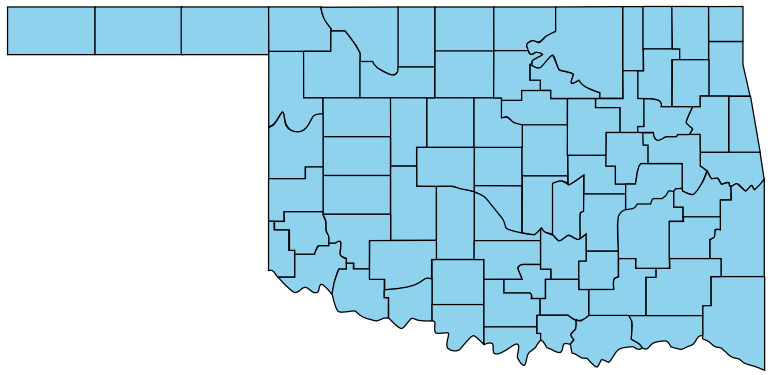 Oklahoma
Oklahoma